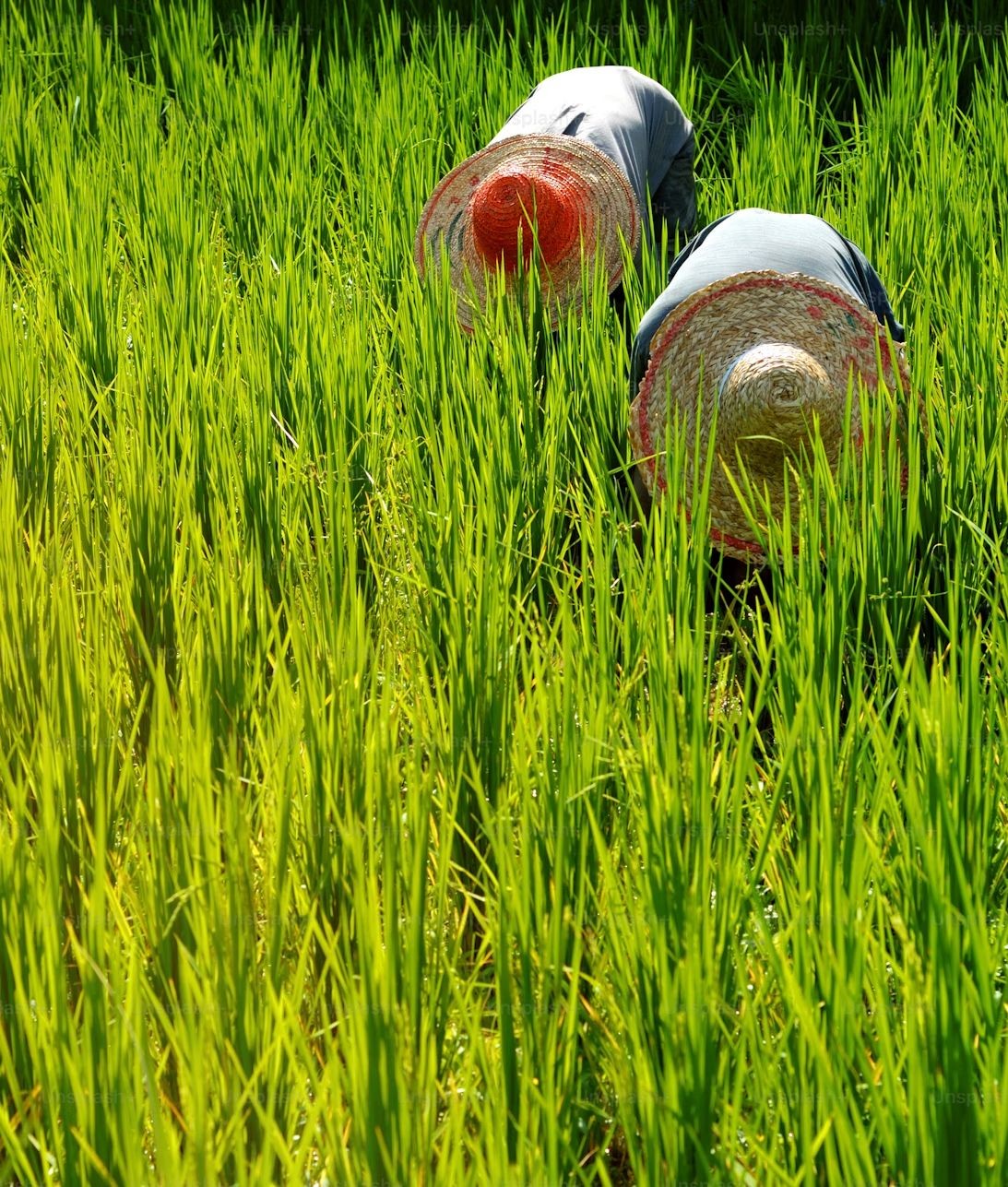
Agriculture régénérative : une approche nécessaire pour réduire les émissions de carbone dans un monde post-Covid
Author: Gian Paolo Sabatini
The COVID-19 crisis proved to be revelatory of the unsustainable functioning of current economies, and most notably of the world’s food system. As the pandemic shut down half of the globe, images of empty grocery stores, panic buying and endless queues at food banks demonstrated the imbalances of our global food system. Not only did the crisis expose the tightness of it, but it also yielded more and more reflexion towards the environmental impact of agricultural practices. The food producing sector alone, through the overuse of chemicals, monoculture cropping systems, and intensive animal farming on land and at sea, is responsible for a quarter of all man-made greenhouse gas emissions (IMF 2020).

The rebuilding of economies after the COVID-19 crisis offers a unique opportunity to transform the global food system and make it resilient to future shocks, ensuring environmentally sustainable and healthy nutrition for all.
Covid-19 as an Economic Reset
Changing agricultural practices through regenerative agriculture could be the key to reducing carbon emissions as it has a massive potential in terms of CO2 absorption. Looking at the United Nations Food and Agriculture Organization and the United Nations Environment Program recommendations, regenerative agriculture has been identified as a necessary step towards sustainable food systems. The main advantages are that regenerative agriculture can be implemented quite easily, as it does not require extra costs and does not rely on a drastic shift in human habits towards less carbon intensive activities. When worrying about reducing carbon emissions, common wisdom recommendations include getting rid of fossil fuels, reducing meat consumption and using alternative materials to build buildings and infrastructural projects. However, what is often failed to be considered is that even in the most optimistic scenario, these actions would still not be sufficient to reach negative emission before 2050. For these reasons, if we want quick, efficient and durable solutions, we must invest in the technologies already uncovered and implement them on a global scale. Resilience is the key to this approach, as economies can no longer invest large amounts of time and resources on promising, albeit risky endeavors such as artificial carbon sequestration that may one day become a reality, but do not represent a feasible alternative to reverse climate change in the short run.
The benefits of regenerative agriculture
Regenerative organic agriculture is the practice of cultivating by avoiding the tillage of soil, which allows microorganism to prosper under the soil. The great benefit of this method is that it requires no use of pesticides and fungicides. The microorganisms are responsible for absorbing massive amounts of carbon dioxide as carbon is converted into microbial organic matter. To put things into perspective, if all the agricultural fields in the world started using regenerative agriculture, they would absorb more Co2 than the world’s oceans combined with all of the trees in the world. Regenerative agriculture also increases biodiversity, enriches soils, improves watersheds, and enhances ecosystem services. In regenerative agriculture, fields are always planted with crops, or if they are not, cover crops are allowed to grow. These types of crops limit the loss of soils and nutrients by recycling the nutrients, which reduces the need for input nutrients like nitrogen and limits water loss, decreasing water evaporation as the soil has a better water holding capacity.

Regenerative vs conventional agriculture (Source: Regenerative Agriculture / Regenerative Farming)
Carbon absorption
Moreover, farmers using regenerative agriculture recommend letting animals like cows, sheep, chickens and pigs roam over their fields in a controlled way, so that these animals fertilize the fields naturally. An extremely positive aspect of this method is that when animals are reared using regenerative agriculture, the animals being reared can be considered to be “carbon negative” as they grow as part of a carbon absorbing cycle. With this in mind, even cattle, which is currently considered to be a highly carbon intensive source of meat, can actually absorb carbon if it is raised using the regenerative system. Regenerative agriculture can also revert desertification, as shown in Kenya by Alan Savoury, who owns a productive 200-acre plot of land surrounded by arid and unusable soil. On the contrast, traditionally tilled solid tends to degrade quickly and then become unfertile, eventually leading to desertification as the area loses nutrients and receives increasingly lower amounts of rain due to the lack of moisture evaporating from that type of terrain. This process has been occurring even faster in the last century as we use soil more intensely and we deplete its fertile capabilities by tilling and by using fertilizers and pesticides.

In that respect, regenerative agriculture constitutes a sustainable and durable alternative to safeguard the fertility of soils in the long run. Moreover, even though pesticides are not used, regenerative agriculture crops have been shown to exhibit far fewer pests than traditionally farmed crops. The figure on the left shows pests by comparing the two types of agriculture in corn fields.
Regenerative agriculture: merging farming and natural resource conservation profitably.
When looking at statistics, the food system at large accounts for a quarter of total annual global greenhouse gas emissions. Some predictions using exemplar cases of regenerative agriculture say that on-farm soil carbon sequestration on crops and pastureland across the globe can potentially sequester more than all of our current annual global greenhouse gas emissions. Even if modest assumptions about soil’s carbon sequestration potential are made, regenerative agriculture can easily keep annual emissions within the desirable lower end of the 35-43 GtCO2e emissions range by 2028, which was identified as a necessary measure to limit global warming to 1.5°C by the Intergovernmental Panel on Climate Change. In December 2015, the French Government launched a call at the COP21 for all countries to increase soil carbon sequestration worldwide by 0.4 per cent per year using regenerative agriculture. So far, only 26 countries have formally adhered to the initiative.
An economically efficient agricultural mode
Lastly, when looking at regenerative agriculture as a solution, one must consider its economic aspect. Interestingly, this solution reveals to be widely scalable as its economic benefits outweigh other agriculture methods. As shown in the figure below, regenerative agriculture is estimated to generate nearly a doubling in profit per acre since it generates savings from the non-reliance on classical inputs and machinery. Many often dismiss organic regenerative agriculture because it leads to lower yields, but this is a misconception as the studies comparing regular and organic agriculture have been conducted in such a way that practices used in organic farming replicate conventional farming.

In addition, organic agriculture has also been shown to be between 28 and 34% more resilient to droughts than traditional agriculture, a crucial characteristic for growing crops in the future as the climate starts to become warmer and weather patterns become more irregular.
In conclusion, while some important steps have been taken to promote regenerative agriculture as the most sustainable way to raise crops, COVID-19 could be the critical momentum to efficiently shift the world food system. Lying at the cross-roads of human, animal, economic and environmental health, agriculture constitutes the most important challenge of our time. Large scale implementations would be required to assess the exact percentage of annual carbon emission that regenerative agriculture could offset. Yet, as preliminary observations already demonstrate, it certainly has a massive potential that needs to be advocated as our best alternative to develop resilient agriculture.
REFERENCES
GreenAgri. 2020. Regenerative Agriculture Conference 2019: Presentations.
Rodale Institue. 2014. Regenerative Organic Agriculture and Climate Change.
Regeneration International. 2016. French Ministry of Agriculture Official, Leading U.S. Soil Scientists Outline Plan to Stall Global Warming through Soil Carbon Sequestration
LaCanne, C. and Lundgren J. 2018. Regenerative agriculture: merging farming and natural resource conservation profitably.
International Monetary Fund. 2020. Why Sustainable Food Systems are Needed in a post-COVID World.





Laisser un commentaire